Lipids are a heterogeneous group of molecules, generally united by the scarce solubility in water. They perform many functions in the human organism:
- Structural: they are fundamental components of cell membranes;
- Energy and Reserve: they provide energy when they are metabolised and are the body’s main source of energy reserve;
- Hormonal and bioregulatory : some lipids are hormone precursors, others act as secondary messengers;
- Thermal and mechanical protection: Due to their abundance in the subcutaneous adipose tissue, the lipids act as insulation for organs and tissues, also protecting them from mechanical shocks;
- Transport of fat-soluble vitamins: lipids are essential for the absorption and transport of fat-soluble vitamins; too low a fat diet can lead to deficiencies of these important vitamins.
Most of the food assimilated lipids are triglyceride(commonly called fats), molecules composed of one molecule of glycerol and three molecules of fatty acids. Fatty acids can be distinguished insaturated and unsaturated, depending on whether the molecule contains one(monounsaturated– MUFA), two or more (polyunsaturated – PUFA,) or any(saturi – SFA) double bond. Fats are an indispensable macronutrient for our body.
Let’s then examine the nutritional properties of fatty acids.
MUFA – Monounsaturated Fatty Acids
Monounsaturated fatty acids are so called because they contain only one double bond on their carbon chain. For this chemical characteristic a food rich in monounsaturated fats is liquid at room temperature.
The most represented in food is the oleic acid, belonging to the fatty acid family omega-9 (n-9). Oleic acid is present in large quantitiesin olive oil and in appreciable quantities in nuts and in oils derived therefrom and also in canola and sesame oil.
The moderate consumption of olive oil and therefore oleic acid, especially in partial substitution of saturated fats in the diet, brings many health benefits, and is related to the improvement of the plasma lipids profile, the insuline resistence, the blood pressure and therefore the prevention of cardiovascular risk. (1), (2).
PUFA - Polyunsaturated Fatty Acids
Polyunsaturated fatty acids that contain at least two double bonds in their carbon chain are called polyunsaturated. As with monounsaturated fats, foods that contain predominantly PUFA are generally liquid at room temperature, unlike foods that contain saturated fatty acids, which are solid (e.g. butter) at room temperature.
PUFAs can be found in both plant and animal food sources. The most important polyunsaturated fatty acids in human nutrition are those of the series omega-3 (n-3) and omega-6 (n-6). Two fatty acids belonging to the two series,the alpha linolenic acid (ALA) for the n-3 andthe linoleic acid (LA) for the n-6, are defined essentials because the organism is not able to synthesize them and must therefore be introduced compulsorily through the diet.
The main sources ofALA are of plant origin, and also contain important concentrations of omega-6 and omega-9 fatty acids. We find ALA in some foods such as chia seeds, linseeds, soya bean, nuts and other dried fruit (for example, almonds, pistachios, pine nuts) and canola seed.
The EPA and DHA omega-3 (metabolically active fatty acids, derived from ALA) are mainly found in animal sources, mainly in fish, especially fish caught living in cold water, and are therefore very fatty, such assalmon, sardine, herring, alice, mackerel, their liver and oil derived therefrom.
The omega-6 are found mainly in dried fruit and oils derived therefrom, in oils of oilseeds (sunflower, flax, corn, peanuts) and in legumes.
The ratio omega-6/omega-3
In modern nutritionThe omega-6 intake is often much higher than that of omega-3. Although both types of fatty acids have positive health effects, such as normalization of plasma lipids (cholesterol and triglycerides) and an anti-inflammatory effect (3), Too unbalanced a relationship towards omega-6 could be a risk factor for the development of obesity, dyslipidemia, metabolic syndrome and cardiovascular diseases. (4).
SFA – Saturated Fatty Acids
Saturated fatty acids, unlike unsaturated fatty acids, are solids at room temperature due to the linearity of their molecule, which does not present double bonds on the carbonaceous skeleton, you can pack and form solid structures.
SFAs are found in both plant and animal sources, but especially in the latter. The main vegetable sources are tropical fruit oils such as palm and coconut.. Animal sources are represented by fat meats, sausages, fried meats, butter, lard, whole milk, cream, aged cheeses, eggs.
There is a positive association between a diet rich in saturated fatty acids and the development of certain cardiovascular diseases (due to their effect of increasing LDL cholesterol, insulin resistance and hypertension (2),(5)), for this reason, the current nutritional recommendations suggest to keep the consumption of saturated fat limited to 10% of the daily calorie intake.
However, not all saturated fatty acids are equally dangerous. Those most potentially atherogenic (and therefore dangerous for the cardio-vascular system) are the long-chain saturated fatty acids, like myristic and palmitic. The short or medium-chain saturated fatty acids, instead, they have no effect on cholesterolemia and do not become store fat.
TFA – Trans Fatty Acids
Trans fatty acids deserve a dedicated paragraph too, they are highly harmful to human health. In fact, they are potentially atherogenic (that is, they can damage blood vessels) even for very low contributions. The high introduction of TFA negatively affects the blood lipid profile, increasing LDL cholesterol and decreasing HDL cholesterol (6).
How are trans fats formed? The food industry often needs solid fats, which can be easily spread for their preparations. A process calledhydrogenation, which makes unsaturated fats (which are usually liquid) saturated (and therefore solid), breaking their double bonds by adding hydrogen. In this process the fat molecules are modified, assuming a hydrogen disposition called "trans": these small chemical modification is responsible for the harmful effects on the health of these fats. Even high temperatures (for example frying) can transform the molecules of the oils we are using into trans fatty acids.
These fatty acids can be found naturally in the milk and meat of ruminants, but in these foods they are present in very low concentrations.Instead, you have to worry about industrial foods, especially sweet and savoury baked goods, margarine, fast-food and packaged foods. These foods may contain very high amounts of trans fatty acids, which according to the recommendations, should be avoided almost completely.
Conclusions
As we have seen, the fats are a very important type of macronutrient for our organism:
- they provide energy
- they are essential components of cells
- they can protect against the risk of cardiovascular diseases
It is important to pay attention to the sources of fat, the type, and the amount (fats provide many calories and therefore their excess can lead to weight gain and fat mass).
For our diet it is advisable that most of the fats we take are mono and polyunsaturated, preferring as sources olive oil, dried fruit and fish caught, and limiting (but not eliminating) saturated fats. Finally it is good to minimize, and if possible eliminate completely, all those highly industrialized foods that contain high concentrations of trans fats.
Sources and Insights
- Gillingham LG et al. - Dietary monounsaturated fatty acids are protective against metabolic syndrome and cardiovascular disease risk factors. - Lipids. 2011 Mar;46(3):209-28.
- Rivellese AA et al. - Effects of dietary saturated, monounsaturated and n-3 fatty acids on fasting lipoproteins, LDL size and post-prandial lipid metabolism in healthy subjects. - 2003 Mar;167(1):149-58.
- Tortosa-Caparrós E et al. - Anti-inflammatory effects of omega 3 and omega 6 polyunsaturated fatty acids in cardiovascular disease and metabolic syndrome. - Crit Rev Food Sci Nutr. 2017 Nov 2;57(16):3421-3429.
- Simopoulos AP. - An Increase in the Omega-6/Omega-3 Fatty Acid Ratio Increases the Risk for Obesity. - Nutrients. 2016 Mar 2;8(3):128.
- Mensink RP et al. - Effects of dietary fatty acids and carbohydrates on the ratio of serum total to HDL cholesterol and on serum lipids and apolipoproteins: a meta-analysis of 60 controlled trials. - Am J Clin Nutr. 2003 May;77(5):1146-55.
- Mozaffarian D., Clarke R. - Quantitative effects on cardiovascular risk factors and coronary heart disease risk of replacing partially hydrogenated vegetable oils with other fats and oils. - Eur J Clin Nutr. 2009 May;63 Suppl 2:S22-33.
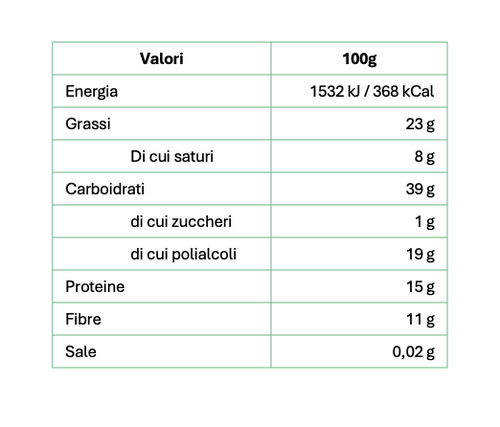
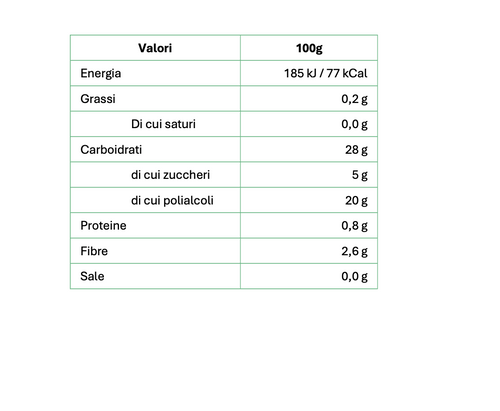
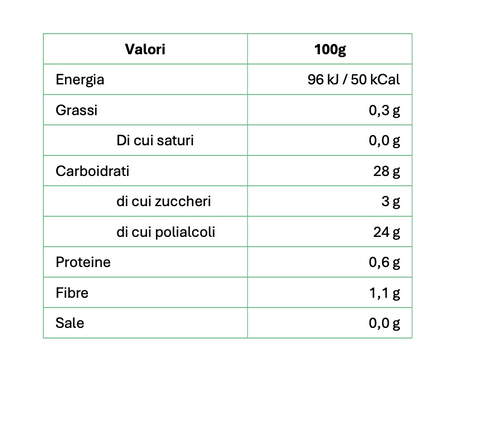
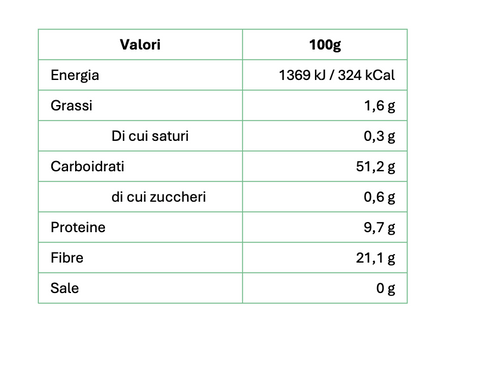
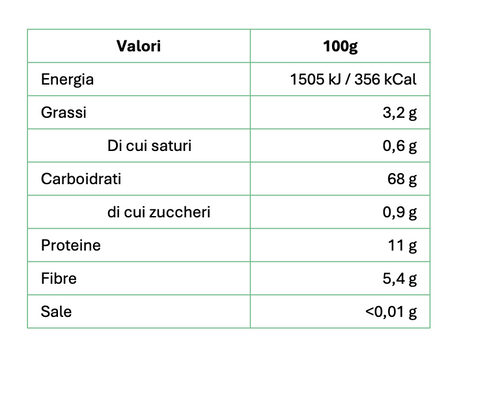
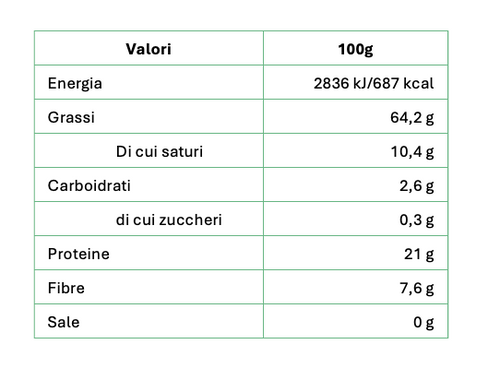
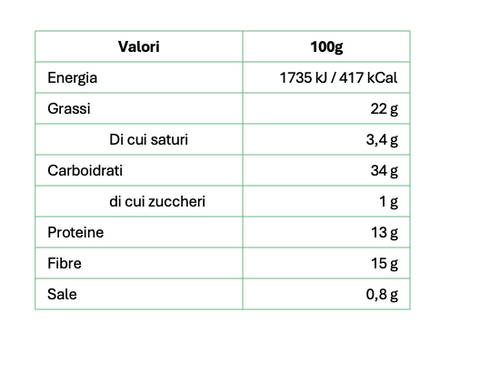
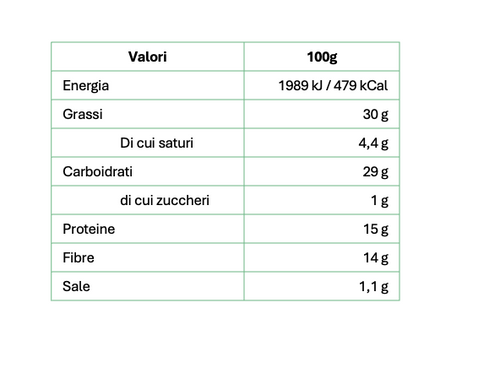
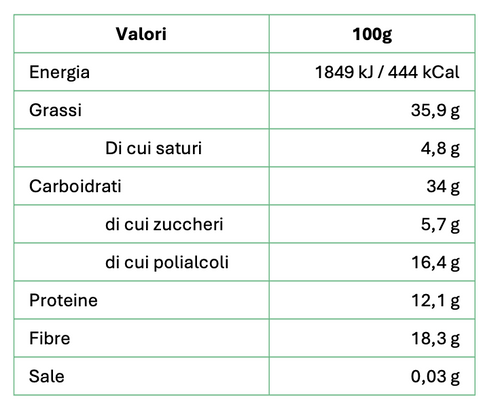
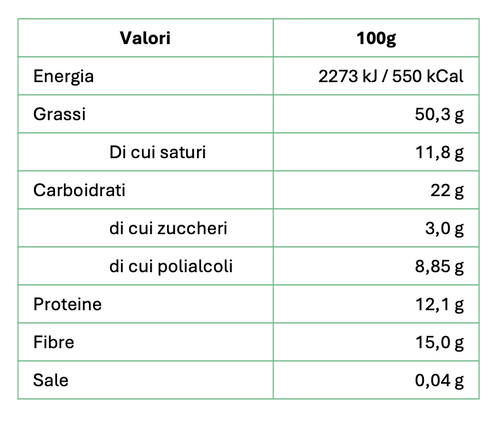
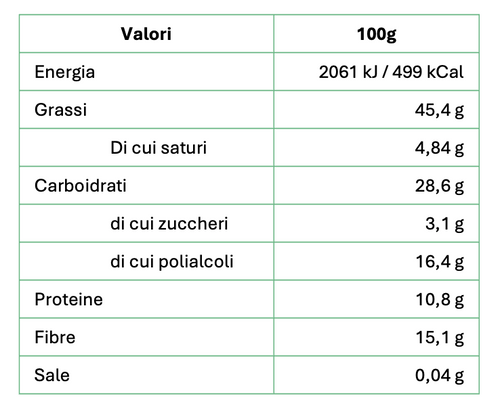
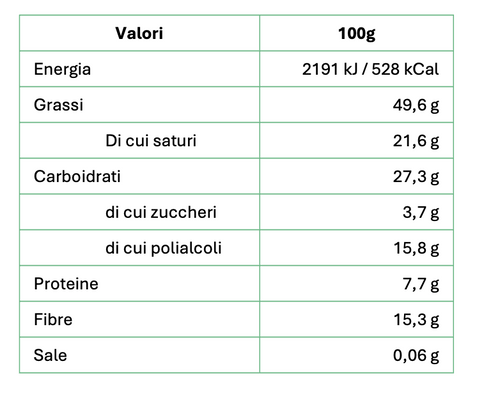
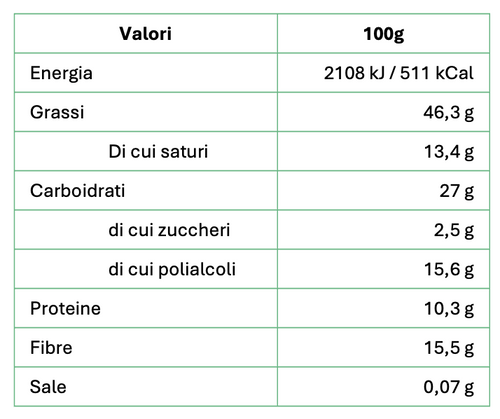
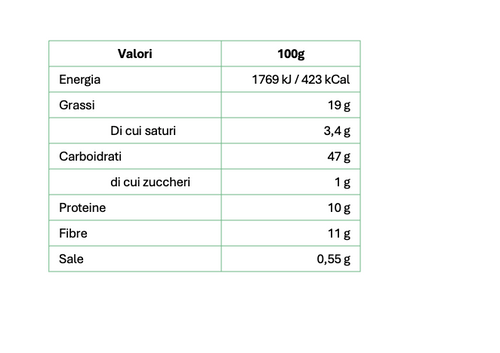
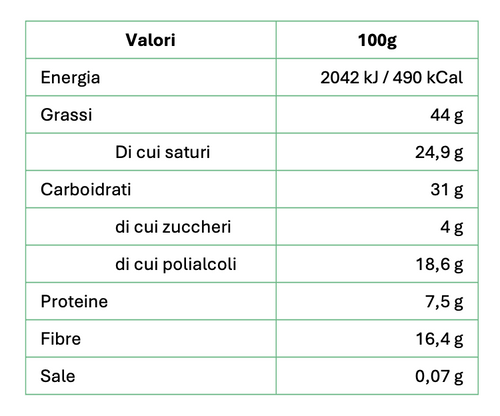
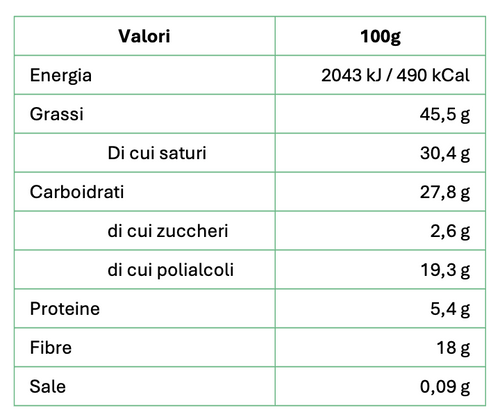
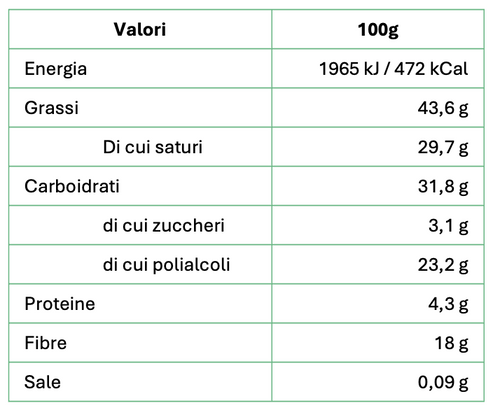
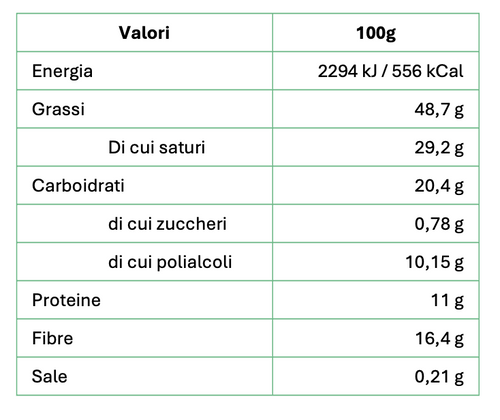
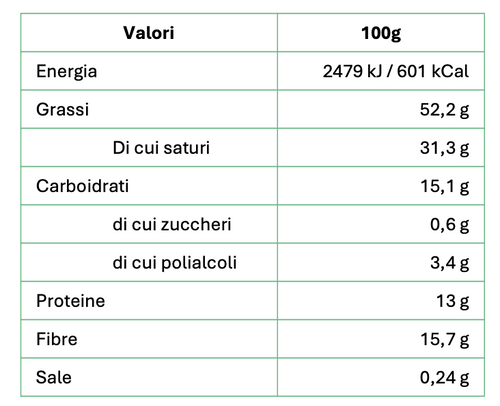
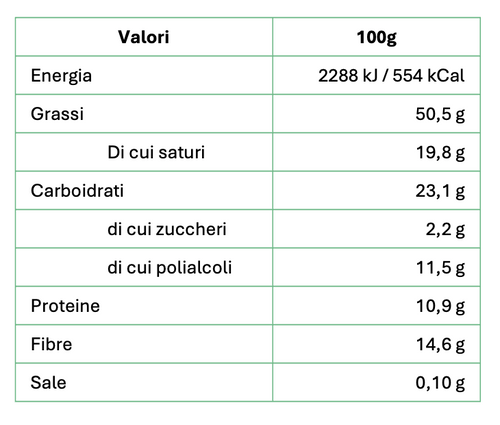
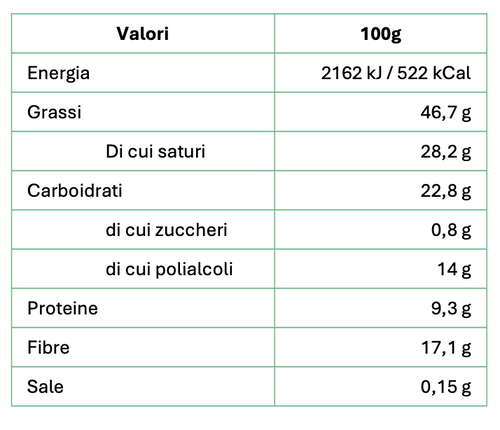
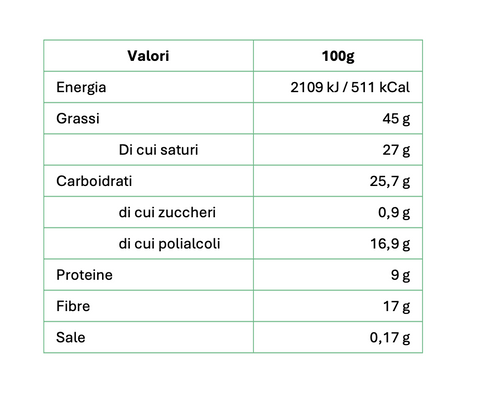
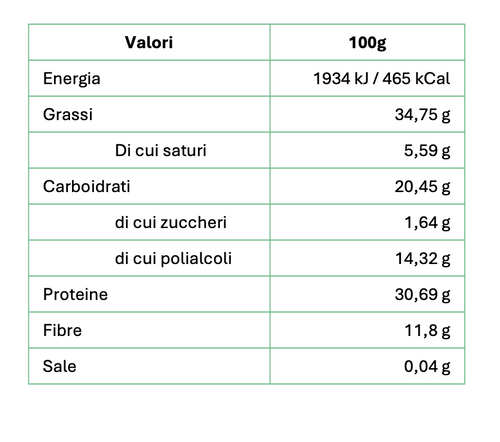
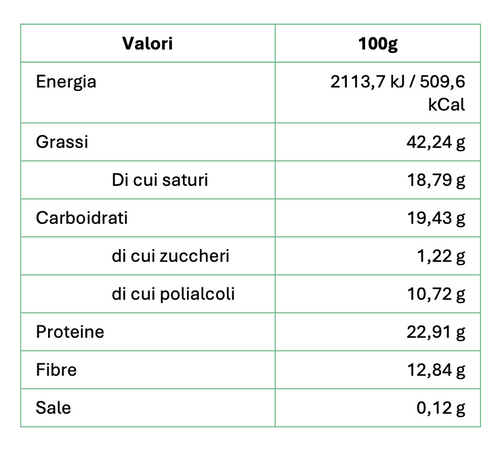

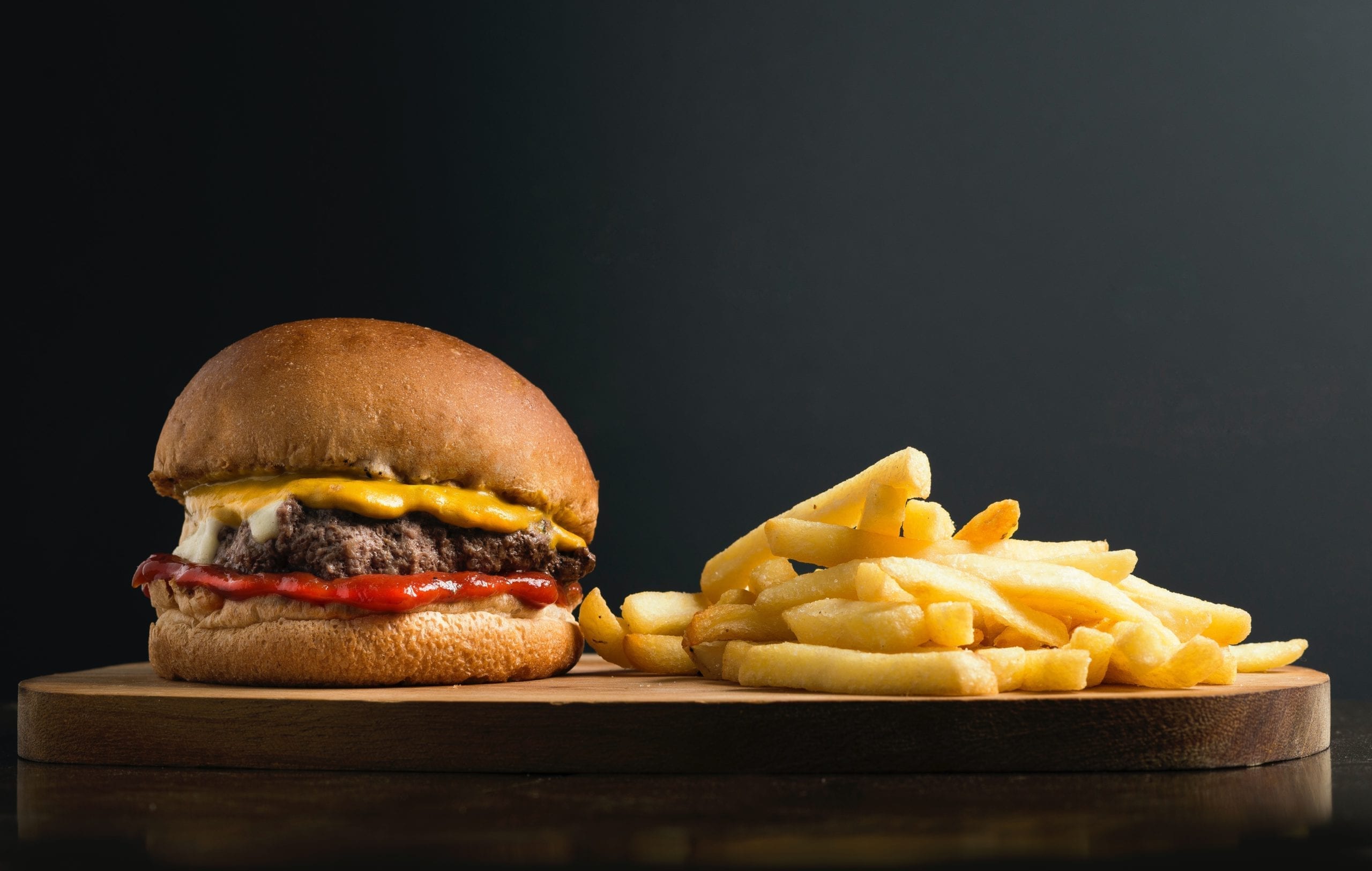
Share and get 15% off!
Simply share this product on one of the following social networks and you will unlock 15% off!